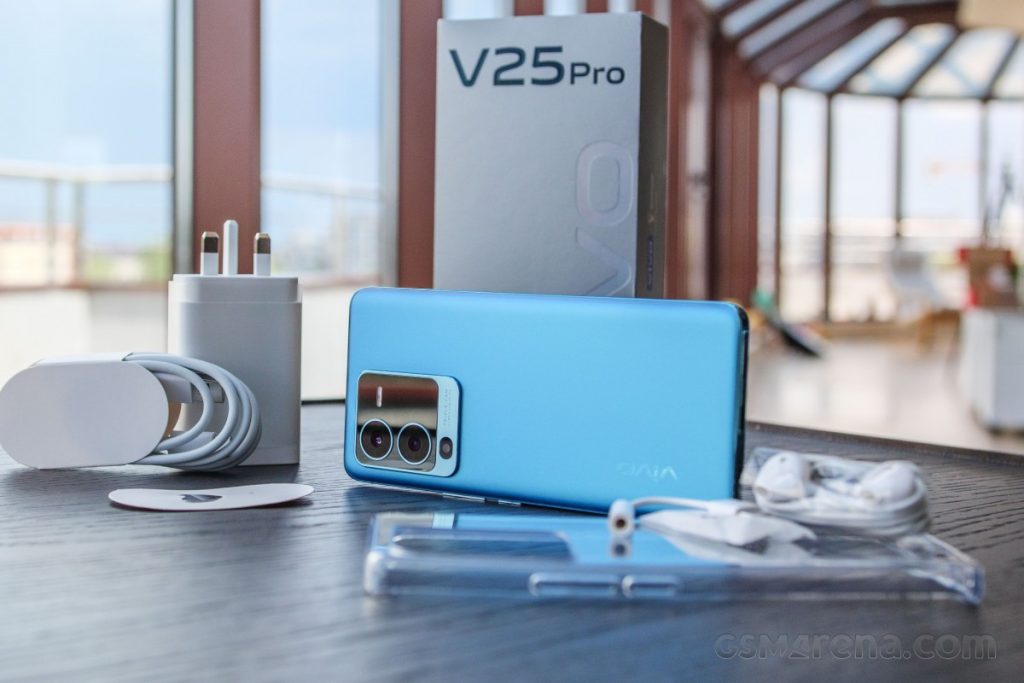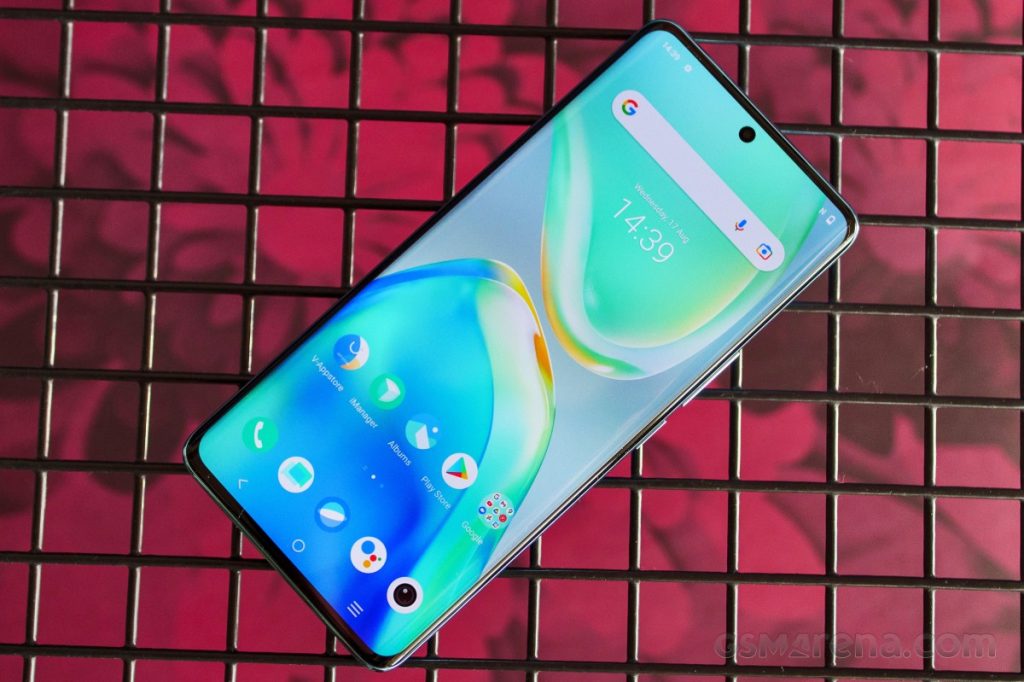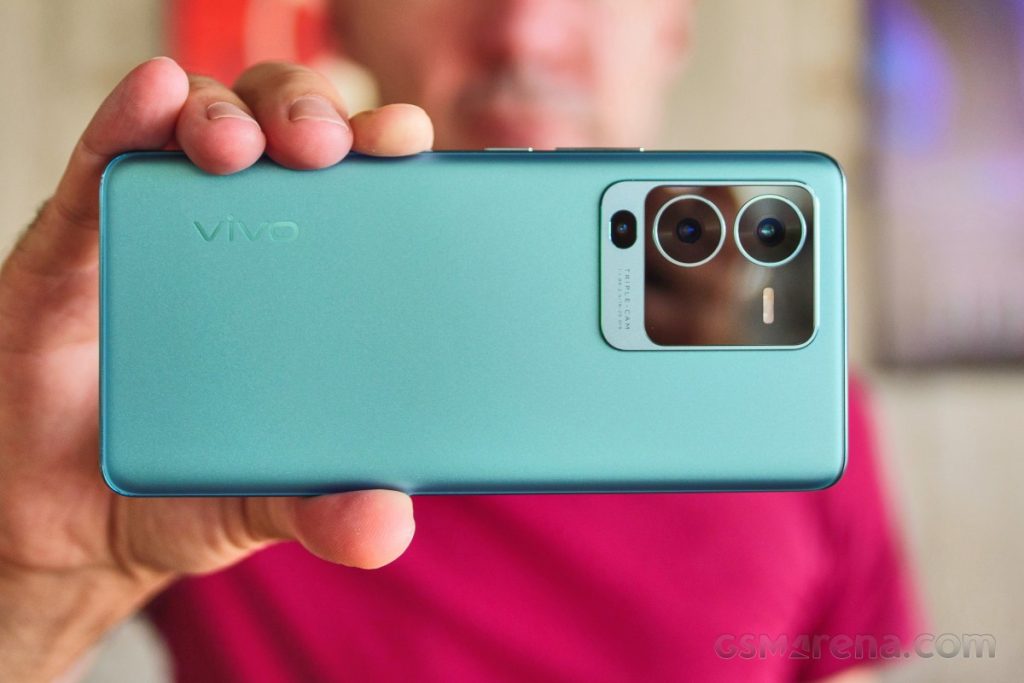The new Vivo V25 series has a passion for photos and videos at night. And just like previous V-series models, it has a selfie camera that beats its weight. We’ll take a look at both models, but first, say goodbye to the Pro. The Vivo V25 Pro has the better hardware of the two – that means better front and rear cameras, but also a more powerful Dimensity 1300 chipset for image processing. This is a slight upgrade to the 1200 chip that powers the V23 Pro.

However, the V23 Pro had a very different camera setup than the V25 Pro, so this isn’t a sequel but more of a related phone from the same series. Let’s take a closer look.
The vivo V25 Pro has a 64MP main camera on the back, based on the ISOCELL Bright GW1, a 1 / 1.72 “sensor with 0.8 µm pixels (before binning). This camera is equipped with OIS stabilization and EIS and is capable of recording 4K video at 30 fps. Processing plays a key role, so the new Pro includes Super Night (Photo) mode and Super Night Video mode. However, night modes often require processing. which cannot be performed in real-time, so the viewfinder does not provide a good preview of the final result. The Vivo solution is called Real-Time Extreme Night Vision, which aims to eliminate the guesswork.

However, on the front, there is a single 32MP (pinhole) selfie camera based on the Samsung GD2 sensor (1 / 2.8 inch, 0.8µm). Unlike most phones in this class, this one has autofocus on the front camera and an Eye AF function. This ensures that the focus point is on your eye even when you move freely.
Let’s get back to the V23 Pro briefly. It had a 108-megapixel main camera (1 / 1.52 inch, 0.7 µm) without OIS, as well as a dual selfie camera: 50 megapixels wide and 8 megapixels ultra-wide (105 °) housed in a large notch. The V23 Pro camera performed well in the dark, but the new Pro’s OIS could give it a boost.
They are not the only changes. The new V25 Pro keeps the FHD + AMOLED display at 6.56 inches but increases the refresh rate from 90Hz to 120Hz. Both the front and the back are protected by glass.
We received the Surfing Blue color of the V25 Pro, which has UV reactive glass on the back that changes its appearance when exposed to sunlight (see below). The V23 Pro also had UV reactive glass, but this changed the color of the entire back, creating a diamond pattern here. The other option is called Starlight Black and does not react to UV light.

Something that struck us after picking up the V25 Pro is that it’s bulkier – the V23 Pro prided itself on being thin and light. The two phones measure 8.6mm and 7.4mm respectively and weigh 190g and 171g respectively.
The new Pro model is equipped with a more powerful battery, which accounts for at least part of the mass. It’s a 4,830mAh (formerly 4,300mAh) battery with 66W (formerly 44W) fast charging. The most powerful charger achieves 71% in 30 minutes, compared to 63% on the previous model, despite the 530mAh difference in battery capacity. In our tests, the 44W charger was actually slightly faster than advertised and we’ll soon see how the new 66W charger fares.
Of course, the Vivo V25 Pro not only competes with the Pro from the beginning of the year but also against the new V25. The V25 Pro looks decidedly more premium with narrower bezels (a slightly larger display with a slightly smaller footprint). That notch doesn’t help either, and while the camera inside promotes a higher resolution of 50MP, it houses a smaller sensor (albeit still with Eye AF). The main module in the rear camera also has a 64MP (but smaller) sensor and OIS.




